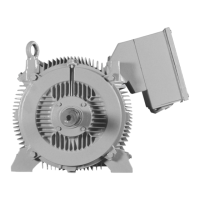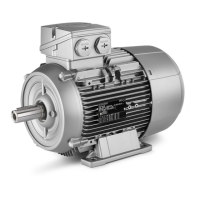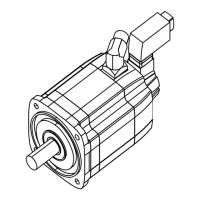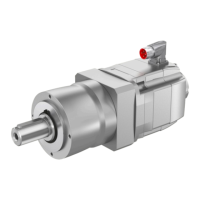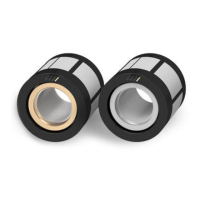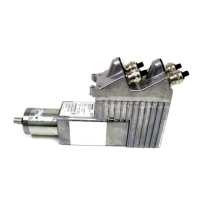Functions
2.3 Directional Overcurrent Protection Ground 67, 67N
SIPROTEC, 7SK80, Manual
E50417-G1140-C344-A5, Release date 11.2012
95
When voltage transformers are open-delta-connected, direction determination is always based on the nega-
tive-sequence quantities.
Reference Voltages for Direction Determination
A single-phase fault (ground fault) is detected by the directional ground fault element. For the directional ground
fault elements, the connection requirements described previously must be met.
The following table shows the allocation of measured values for the determination of the fault direction for
various pickup conditions.
Table 2-6 Measured values for determining the fault direction
1)
or 3 · V
0
= |VA + VB + VC|, depending on type of connection for the voltages
Direction Determination via Ground Element using Ground Values
Figure 2-24 shows the treatment of the reference voltage for the directional ground element, also based on a
single-phase ground fault in phase A. The fault voltage serves as reference voltage. Depending on the connec-
tion of the voltage transformer, this is the voltage 3V
0
(as shown in Figure 2-24) or V
N
. The fault current -3I
0
is
phase offset by 180° to the fault current I
scA
and follows the fault voltage 3V
0
by fault angle ϕ
sc
. The reference
voltage is rotated by the setting value 1619 ROTATION ANGLE. In this case, a rotation by -45°.
Figure 2-24 Rotation of the reference voltage, directional ground element with zero sequence values
The forward area is equally a range of ±86° around the rotated reference voltage V
ref,rot
If the vector of the fault
current -3I
0
(or I
N
) is in this area, the device detects forward direction.
Pickup N
Current Voltage
N I
N
V
N
1)
A, N I
N
V
N
1)
B, N I
N
V
N
1)
C, N I
N
V
N
1)
A. B, N I
N
V
N
1)
B, C, N I
N
V
N
1)
A, C, N I
N
V
N
1)
A, B, C, N I
N
V
N
1)

